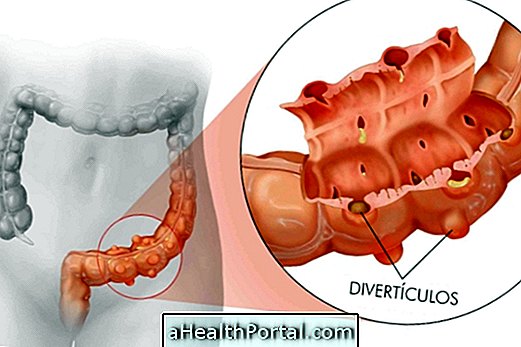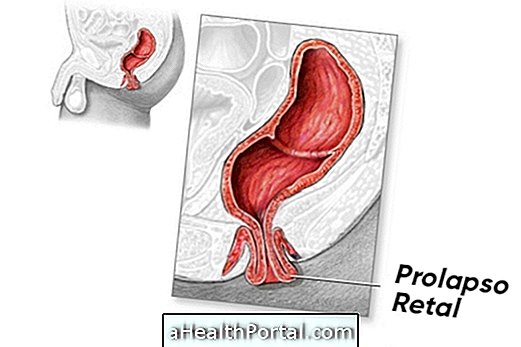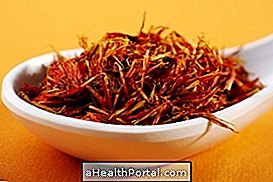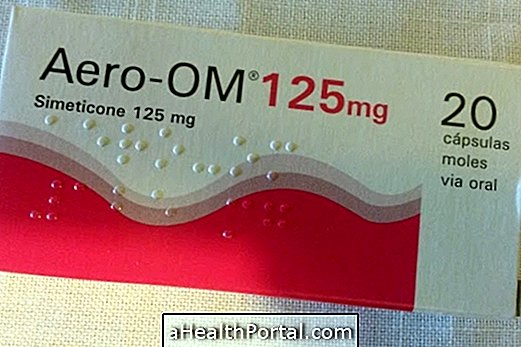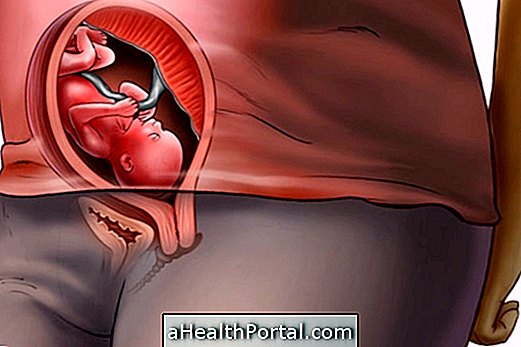Achalasia is an esophageal disease characterized by the absence of muscle contractions (peristaltic movements) that push food into the stomach and by narrowing the esophageal sphincter.
This disease usually occurs between the ages of 20 and 40 and progresses gradually over the years.
The achalasia is caused by a change in the nervous system, which compromises the functioning of the nerves around the esophagus and innervate the muscles.
Individuals with Achalasia are more likely to develop esophageal cancer:
Symptoms of Achalasia
Difficulty in swallowing solids and liquids, chest pain, gastric reflux, nocturnal cough, lung abscesses, enlargement and airway infections, and aspiration pneumonia.
Diagnosis of achalasia
The diagnosis of achalasia can be made through radiographs of the esophagus, which allow to observe if there is dilatation of the same. Another exam that confirms the diagnosis is esophagoscopy, which allows the camera to see enlargement of the esophagus.
Taking a biopsy is important to check if the symptoms are related to cancer or other diseases.
Treatment for achalasia
The treatment for achalasia aims to widen the sphincter of the esophagus, so that it allows the passage of food to the stomach.
Techniques such as filling a balloon inside the sphincter, extending the muscle bundles permanently, and using nitroglycerin and calcium blockers before meals, which help relax the sphincter and reduce symptoms.
The surgery used in this treatment consists of cutting the muscle fibers of the sphincter, and despite the side effects has been shown to be the most effective technique in the treatment for achalasia.


